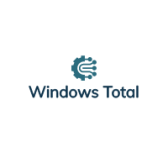If you own a Canon iR2420 UFRII LT Printer, you know that having the right driver is essential for optimal performance. In this article, we’ll provide a guide on downloading and installing the Canon iR2420 UFRII LT Driver, as well as troubleshoot common issues that may arise.
How to Automatically Install Canon iR2420 UFRII LT Driver with DriverFix:
If you’re having trouble finding the Canon iR2420 UFRII LT Driver on your own, DriverFix can take the guesswork out of the process. The program has a comprehensive database of drivers for all types of devices, so you can be sure you’re getting the correct driver for your printer. Plus, the installation process is straightforward and easy to follow.
- Download DriverFix:
- Run the downloaded installer and follow the prompts to install DriverFix on your computer.
- Once DriverFix is installed, launch the software and click on the “Scan” button to scan your system for outdated or missing drivers.
- After the scan is complete, DriverFix will display a list of drivers that need to be updated.
- Find the Canon iR2420 UFRII LT Driver in the list and click on the “Update All Drivers Now” button.
- DriverFix will now download and install the latest version of the Canon iR2420 UFRII LT Driver on your computer.
- Once the installation is complete, restart your computer to apply the changes.
- That’s it! You should now have the Canon iR2420 UFRII LT Driver installed and working properly on your computer.
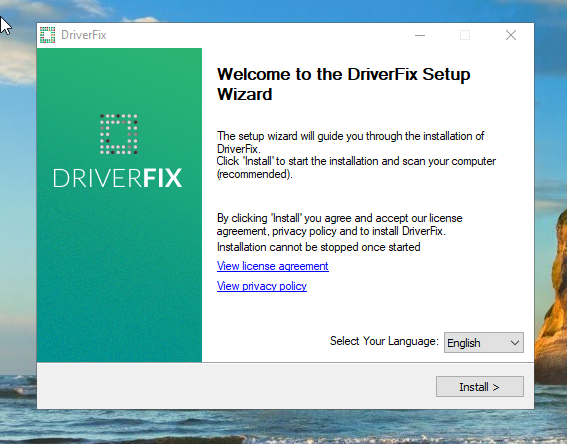
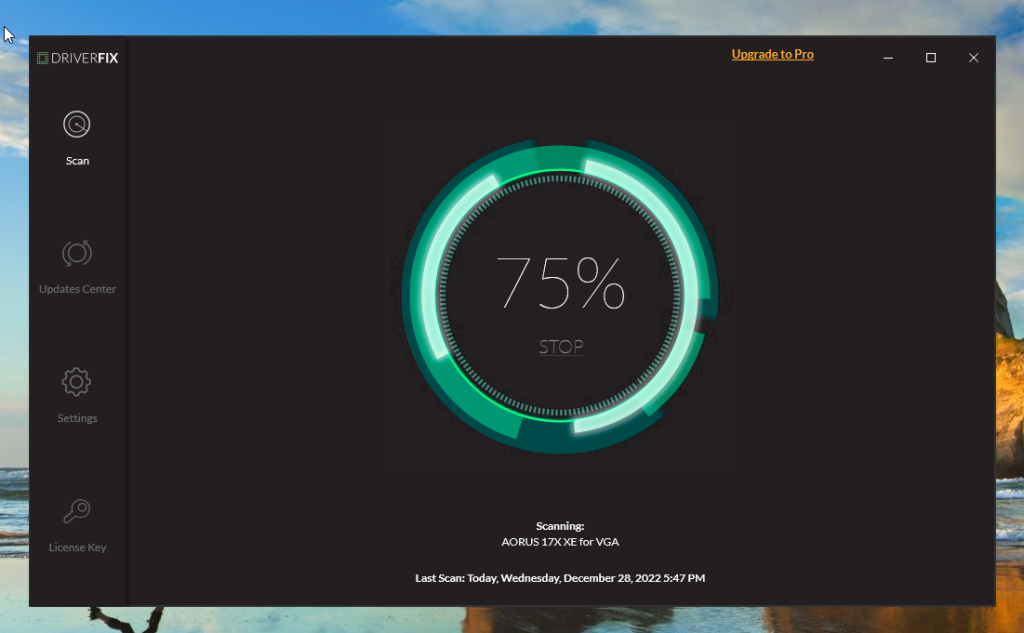
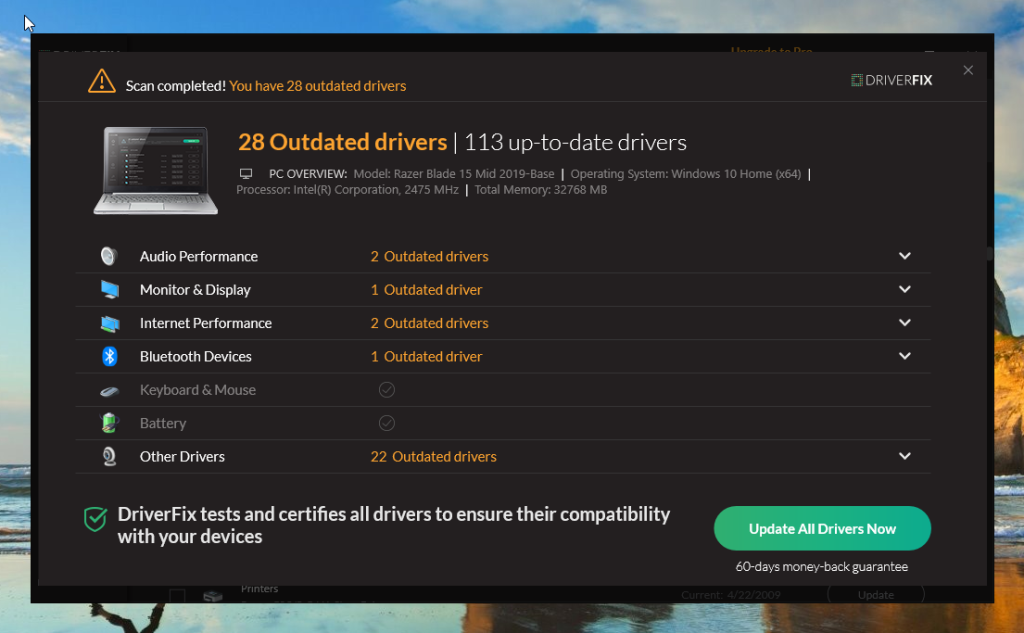
How to Manually Install Canon iR2420 UFRII LT Driver with Windows Update
One of the advantages of using Windows Update to install the Canon iR2420 UFRII LT Driver is that it’s a quick and easy process. Simply follow the on-screen instructions to check for updates, and the program will automatically download and install the latest driver for your printer. Plus, you can trust that the driver is legitimate, as it’s sourced directly from the manufacturer.
- Press the Windows key + R on your keyboard to open the Run dialog box.
- Type “devmgmt.msc” into the Run dialog box, and press Enter to open the Device Manager.
- In the Device Manager, find the Canon iR2420 UFRII LT Printer device under the “Printer” or “Other devices” section.
- Right-click on the device and select “Update driver” from the context menu.
- In the Update Driver Software window, select “Search automatically for updated driver software.”
- Windows will now search online for the latest version of the Canon iR2420 UFRII LT Driver and install it on your computer.
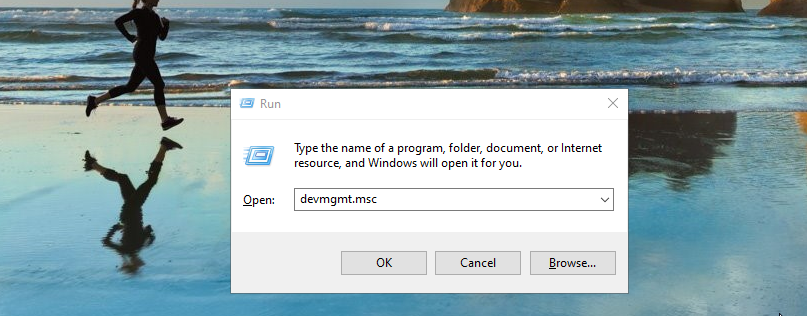
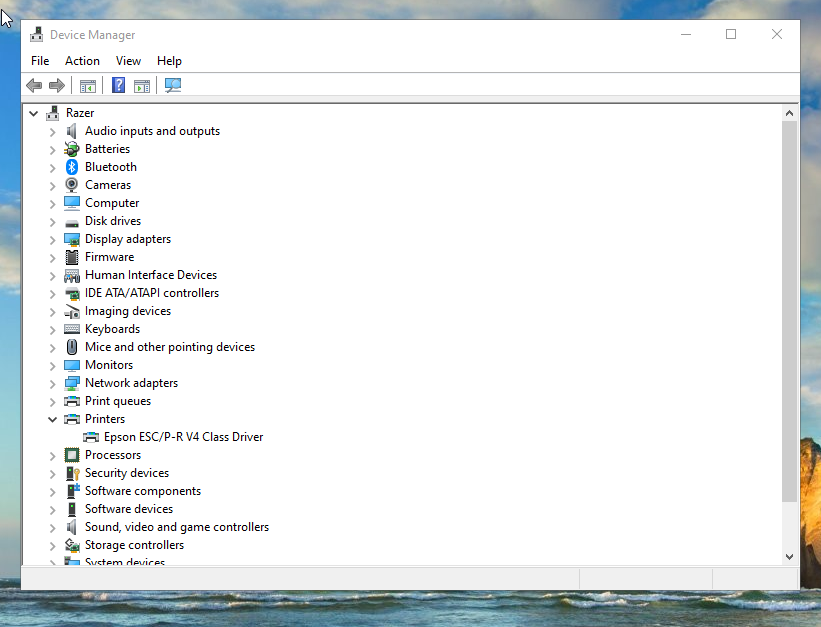
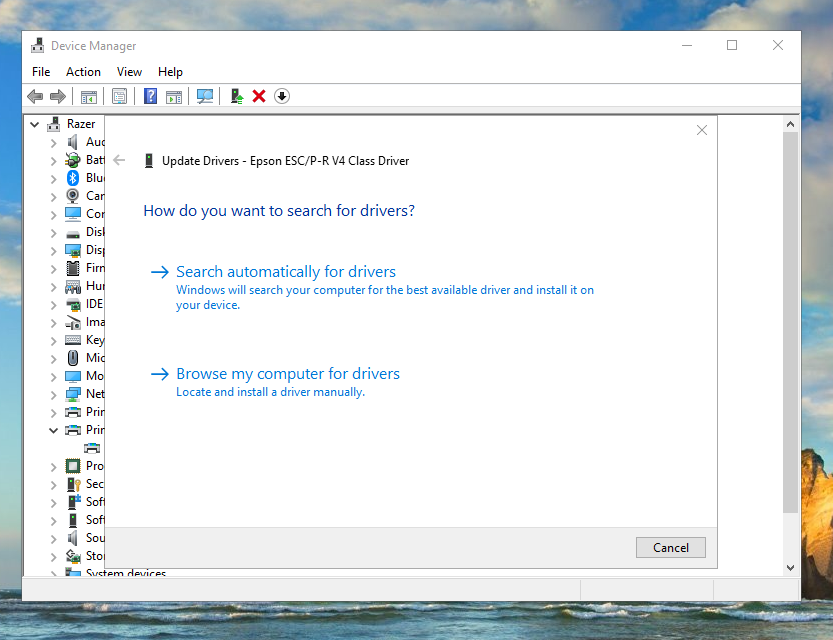
How to Manually Install Canon iR2420 UFRII LT Driver with Device Manager
One of the benefits of using Device Manager to install the Canon iR2420 UFRII LT Driver is that it’s a straightforward process. Simply open the program and find the printer in the list of devices. From there, you can update the driver with just a few clicks.
- Press the Windows key + R on your keyboard to open the Run dialog box.
- Type “devmgmt.msc” into the Run dialog box, and press Enter to open the Device Manager.
- In the Device Manager, find the Brother MFC-9010CN Printer device under the “Printer” or “Other devices” section.
- Right-click on the device and select “Update driver” from the context menu.
- Select “Browse my computer for driver software” in the Update Driver Software window.
- Click on the “Browse” button and navigate to the location where you have saved the Brother MFC-9010CN Printer Driver file on your computer.
- Select the driver file and click “Open” to select it.
- Click “Next” to begin the installation process.
- Follow the prompts to install the Brother MFC-9010CN Printer Driver on your computer.


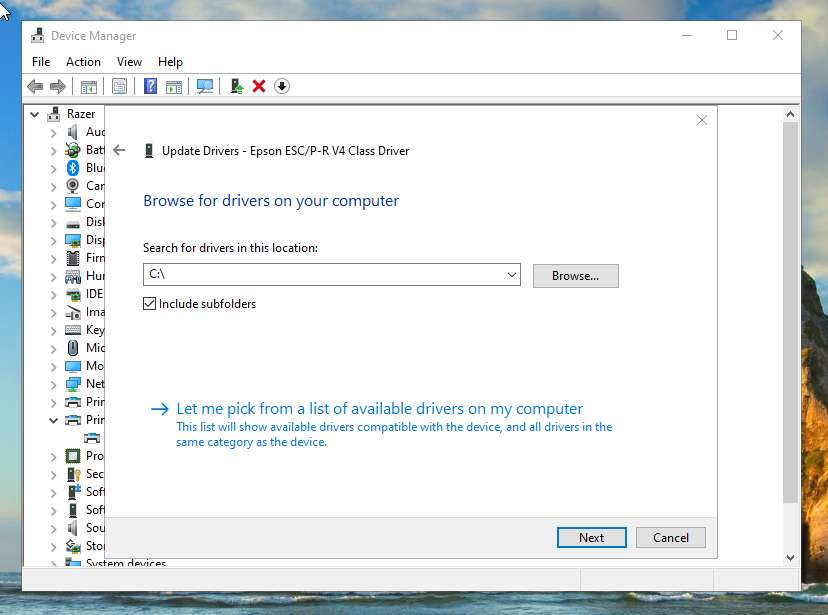
A Final Look at Troubleshooting Common Issues with the Canon iR2420 UFRII LT Driver
To summarize, the Canon iR2420 UFRII LT Driver is a crucial component for ensuring that your printer is functioning properly. By following the steps outlined in this article, you can easily download and install the driver using various methods, including DriverFix, Windows Update, or Device Manager. Whether you’re setting up a new printer or troubleshooting an existing one, it’s essential to keep the driver up to date and properly configured to get the best performance possible.
